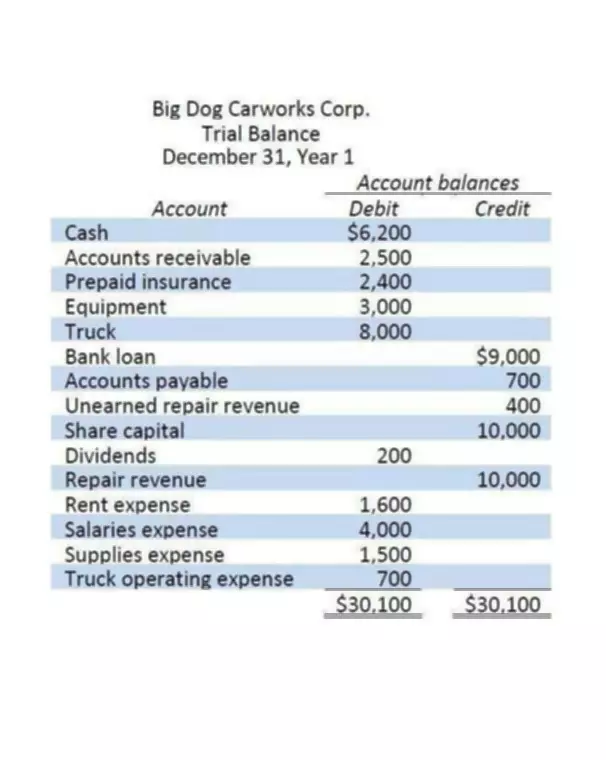Debit and Credit Rules, T account, Bookkeeping Course
Content

This initial transaction shows that the company has incurred an expense as well as a liability to pay that expense. You paid “on account.” Remember that “on account” means a service was performed or an item was received t account example without being paid for. You made a purchase of gas on account earlier in the month, and at that time you increased accounts payable to show you had a liability to pay this amount sometime in the future.

The account is a crucial instructional tool in double-entry accounting, demonstrating how one side of a transaction is reflected in another account. However, this method is not applicable in single entry accounting since each transaction affects only one account.
When Cash Is Debited and Credited
Doube-entry accounting ensures that the total amount of debits equals the total amount of credits. Learn the basics of how this accounting system is reflected in journals and ledgers through examples, and understand the concept of normal balances. Decreases asset and expense accounts and increases liability, stockholders’ equity, and revenue accounts.
Cash is an asset, and assets increase with debit entries, so debit cash. Apr. 25You stop by your uncle’s gas station to refill both gas cans for your company, Watson’s Landscaping. Your uncle adds the total of $28 to your account.Apr.
Debit and credit journal entry
Please help us keep our site clean and protect yourself. Refrain from posting overtly promotional content, and avoid disclosing personal information such as bank account or phone numbers.
Spare No Expense: How Rain Will Unleash DAO Productivity With Corporate Crypto Cards Bitcoinist.com – Bitcoinist
Spare No Expense: How Rain Will Unleash DAO Productivity With Corporate Crypto Cards Bitcoinist.com.
Posted: Tue, 25 Oct 2022 16:35:42 GMT [source]
While some countries define standard national charts of accounts other countries do not . In the European union, most countries codify a national GAAP and also require IFRS for public companies. The former often define a chart of accounts while the latter does not. Accounts are usually grouped into categories, such as assets, liabilities, equity, revenue and expenses. Non-operating expenses include costs that can’t be linked back to operating revenues. Interest expense is the most common non-operating expense. Need a better way to manage expenses and cash flow?
Debits and Credits for T Accounts
This liability increases Accounts Payable; thus, Accounts Payable increases on the credit side. Accounts Payable recognized the liability the company had to the supplier to pay for the equipment.
- Let’s look at the journal entries for Printing Plus and post each of those entries to their respective T-accounts.
- This is posted to the Cash T-account on the credit side beneath the January 18 transaction.
- Accounts Payable has a debit of $3,500 (payment in full for the Jan. 5 purchase).
- This is posted to the Common Stock T-account on the credit side .
- This is posted to the Cash T-account on the credit side beneath the January 14 transaction.
- Whenever cash is received, the Cash account is debited .
- When you enter a credit into these accounts, it decreases the amount.
Cash is decreasing because it was used to pay for the outstanding liability created on January 5. Cash is an asset and will decrease on the credit side.
Obvious signs in your financial statements — such as the accounts payable figure being much higher than the accounts receivable — stand out. But without 100% visibility into your spend management, you’ll be left high and dry on how to curb your spending. Worse yet, you may find some balances inflated or deflated, painting https://www.bookstime.com/ a picture that may not reflect reality. Working capital, cash flow, and your bank account suffer as a result. Entering a debit transaction to cash accounts, accounts receivable, or asset accounts like inventory and PP&E increases the account. When you enter a credit into these accounts, it decreases the amount.

Reviewing journal entries individually can be tedious and time consuming. The general ledger is helpful in that a company can easily extract account and balance information. The customer does not pay immediately for the services but is expected to pay at a future date. This creates an Accounts Receivable for Printing Plus. The customer owes the money, which increases Accounts Receivable.